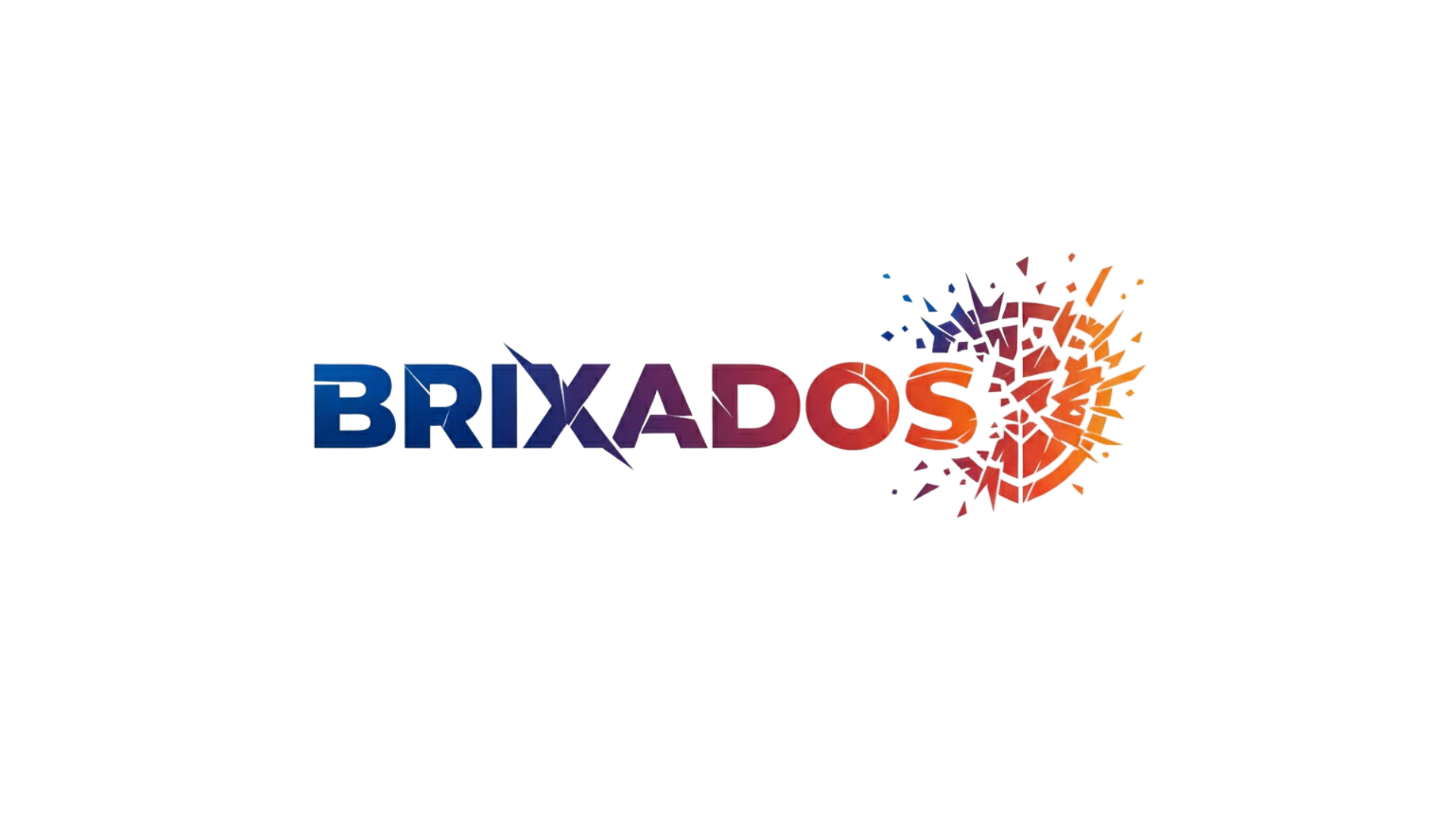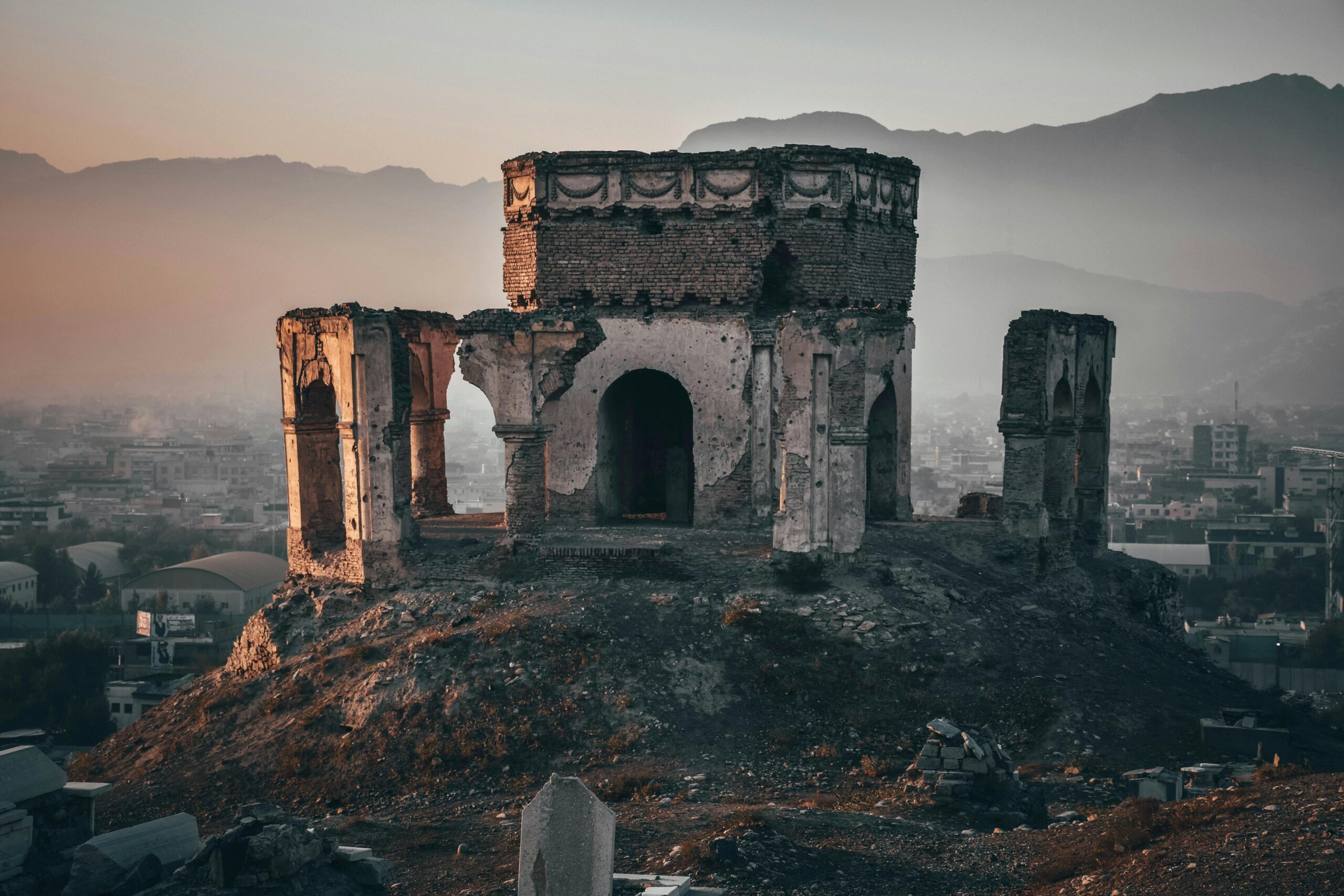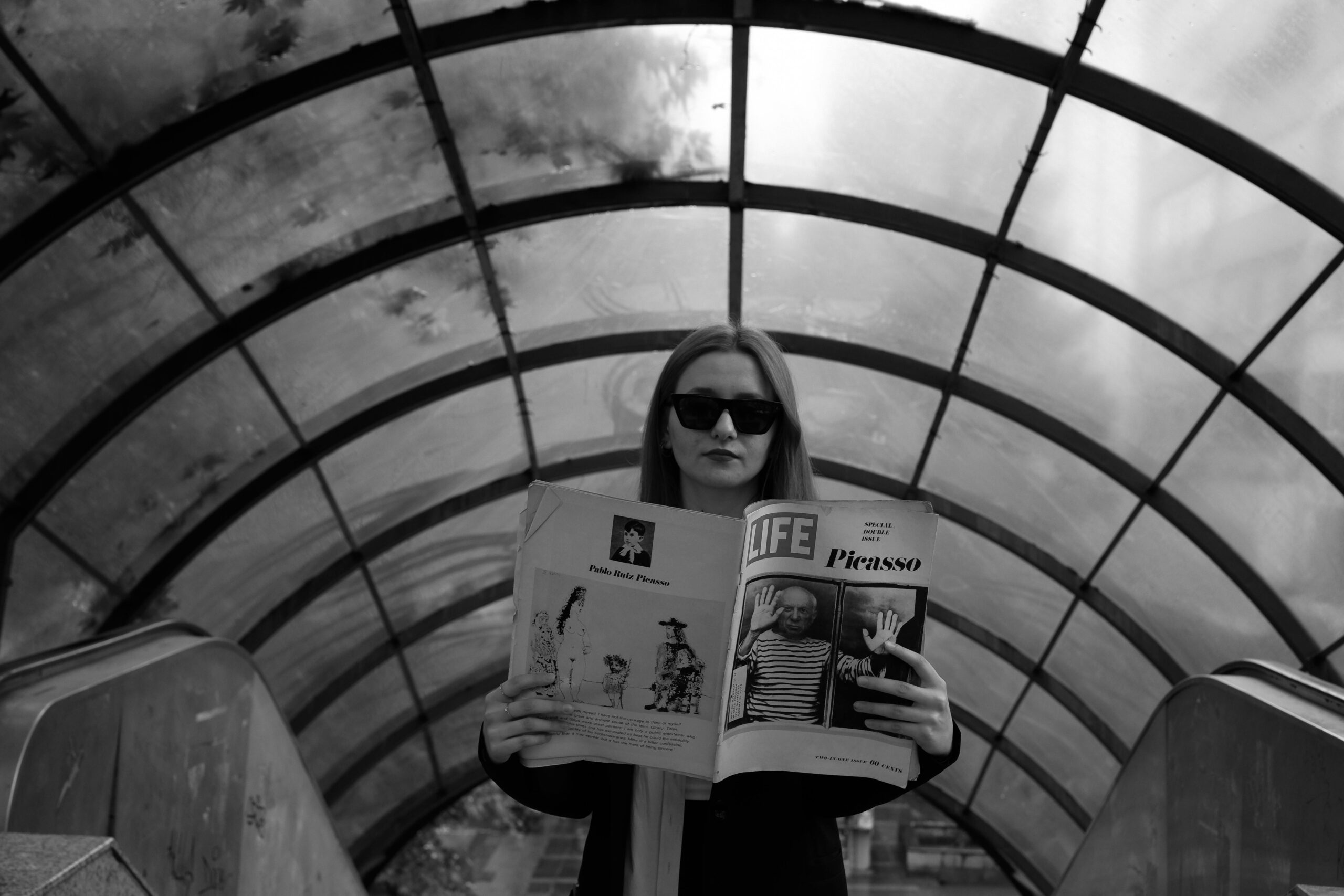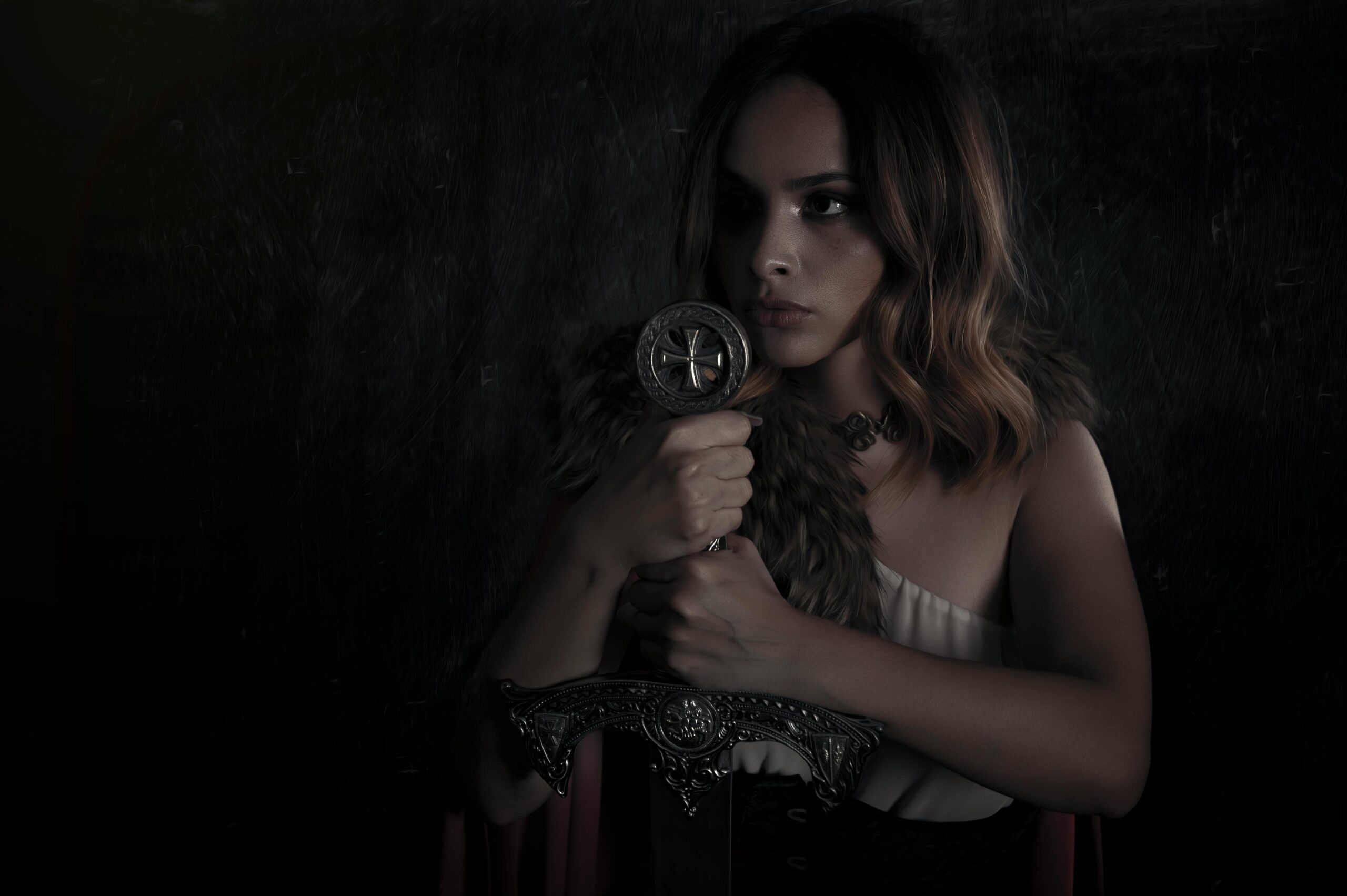Heroic legends have captivated humanity for millennia, evolving from ancient oral traditions into the blockbuster films and interactive experiences that dominate contemporary culture today.
🌟 The Timeless Appeal of Heroes Across Civilizations
From the epic tales whispered around campfires in prehistoric times to the streaming series that command global audiences, heroic narratives form the backbone of human storytelling. These legends serve as cultural mirrors, reflecting the values, fears, and aspirations of societies across different epochs. The hero’s journey—a concept brilliantly articulated by mythologist Joseph Campbell—transcends geographical boundaries and temporal limitations, proving that certain archetypal patterns resonate universally with the human experience.
Ancient civilizations crafted their heroes from the clay of their collective imagination, breathing life into figures who embodied supernatural strength, unwavering courage, and moral complexity. These protagonists weren’t merely entertainment; they were pedagogical tools, transmitting cultural wisdom and societal norms from generation to generation. The Greeks had Heracles with his twelve labors, the Mesopotamians celebrated Gilgamesh’s quest for immortality, and Norse traditions venerated Thor’s thunderous battles against chaos.
What makes these ancient heroes particularly fascinating is their fundamental humanity despite their extraordinary abilities. They experienced doubt, made catastrophic mistakes, and grappled with mortality—characteristics that made them relatable despite their mythological status. This duality between the divine and human created narrative tension that kept audiences engaged across centuries.
📜 Foundational Myths: The Building Blocks of Heroic Storytelling
The ancient world produced a remarkable diversity of heroic archetypes, each reflecting the unique cultural context from which they emerged. Greek mythology alone offers a pantheon of heroes whose stories have been retold countless times: Odysseus’s cunning intelligence during his decade-long journey home, Perseus’s confrontation with Medusa, and Achilles’s tragic choice between glory and longevity.
Eastern traditions contributed equally compelling narratives. The Indian epics Ramayana and Mahabharata present heroes navigating complex moral landscapes where righteousness often demands personal sacrifice. Prince Rama’s unwavering adherence to dharma, even when it costs him dearly, provides a different heroic model than the glory-seeking warriors of Western tradition. Similarly, Chinese mythology offers figures like Sun Wukong, the Monkey King, whose rebellious nature and eventual redemption create a narrative arc that balances mischief with enlightenment.
African oral traditions preserved heroes like Sundiata Keita, the Lion King of Mali, whose story of overcoming physical disability to unite his people demonstrates how heroic legends could encode actual historical events within mythological frameworks. These stories weren’t static; they evolved with each retelling, adapting to contemporary concerns while maintaining their essential core.
The Psychological Architecture of Ancient Heroes
Ancient heroes typically embodied specific virtues prized by their cultures. Greek heroes demonstrated arete—excellence and virtue—often through physical prowess and strategic thinking. Roman heroes emphasized pietas, duty to family and state, as exemplified by Aeneas’s reluctant abandonment of Dido to fulfill his destiny of founding Rome. Celtic heroes like Cú Chulainn displayed battle-fury and unwavering loyalty, while Japanese samurai legends emphasized honor, discipline, and the acceptance of death.
These varying emphases reveal how cultures used heroic narratives to reinforce their core values. The hero became an idealized template, a standard against which real individuals could measure themselves. This aspirational quality ensured these stories remained relevant across generations, as each new audience found fresh meaning in familiar tales.
🎭 Medieval Transformations: Knights, Saints, and Chivalric Romance
The medieval period witnessed a significant transformation in heroic narratives as classical paganism gave way to Christian frameworks. The heroes of this era—knights, saints, and crusaders—battled not just physical enemies but spiritual ones as well. The Arthurian legends epitomize this shift, blending Celtic mythology with Christian allegory to create stories that operated on multiple symbolic levels.
King Arthur himself represents an idealized Christian monarch, while his Knights of the Round Table each embody different virtues and vices. Sir Galahad’s purity allows him to achieve the Holy Grail, Sir Lancelot’s adultery brings tragedy despite his martial excellence, and Sir Gawain’s courtesy masks deeper character flaws. These narratives grew increasingly psychological, exploring interior moral landscapes alongside external adventures.
Medieval hagiographies—saints’ lives—provided another form of heroic narrative. Saints battled demons, performed miracles, and often suffered martyrdom, their spiritual strength surpassing any physical prowess. Figures like Saint George slaying the dragon merged older mythological motifs with Christian symbolism, creating hybrid narratives that satisfied both traditional storytelling appetites and new religious sensibilities.
📚 Renaissance Reinterpretations: Humanism Meets Mythology
The Renaissance brought renewed interest in classical texts alongside humanistic philosophy that emphasized individual potential. Writers like Ludovico Ariosto and Edmund Spenser created epic poems that reimagined classical heroes through contemporary lenses. These works displayed remarkable literary sophistication, layering allegory upon adventure, embedding political commentary within fantastical narratives.
Shakespeare’s histories and tragedies presented flawed heroes whose psychological complexity exceeded anything in earlier traditions. Characters like Hamlet, Macbeth, and Othello possessed heroic qualities—intelligence, courage, high status—but their internal conflicts and fatal flaws made them tragic rather than triumphant. This shift toward psychological realism would profoundly influence subsequent heroic narratives.
The printing press revolutionized how heroic stories spread. Tales that once required memorization or expensive manuscript copying could now reach mass audiences. This democratization of storytelling allowed regional heroes to gain international recognition while enabling new forms of heroic narrative to emerge.
🎬 The Modern Metamorphosis: From Page to Screen
The twentieth century transformed heroic storytelling through new media. Cinema, television, and eventually digital platforms created unprecedented opportunities for adapting ancient legends. These adaptations weren’t mere translations; they represented genuine cultural negotiations between timeless archetypes and contemporary values.
Early cinema drew heavily on mythological sources. Fritz Lang’s Die Nibelungen (1924) brought Germanic legend to the screen with operatic grandeur, while Ray Harryhausen’s stop-motion creatures in films like Jason and the Argonauts (1963) made Greek myths visually spectacular. These adaptations introduced ancient heroes to audiences who might never read classical texts, ensuring their continued cultural relevance.
The superhero genre represents perhaps the most significant modern adaptation of heroic legend. Superman, created in 1938, combined elements of Heracles, Moses, and American immigrant narratives into a new mythological figure suited for Depression-era anxieties. Batman, Wonder Woman, and countless others followed, each adapting classical heroic qualities—superhuman abilities, secret identities, moral missions—for contemporary audiences.
Superhero Comics as Modern Mythology
Comic books function as modern mythology in remarkably precise ways. They feature pantheons of heroes with distinct powers and personalities, ongoing narratives that span decades, death and resurrection cycles, and stories that address contemporary social issues through fantastical metaphors. The Marvel Cinematic Universe, with its interlocking narratives and character development across dozens of films, represents an unprecedented achievement in serialized mythological storytelling.
These modern heroes reflect changing cultural values. Early superheroes fought Nazis and criminals with clear moral certainty. Contemporary versions grapple with ethical ambiguity, systemic injustice, and psychological trauma. Characters like Jessica Jones, with her PTSD and substance abuse, or Black Panther, whose narrative engages with colonialism and African diaspora identity, demonstrate how heroic legends continue evolving to address present concerns.
🌍 Cross-Cultural Pollination in the Global Age
Globalization has created fascinating hybrid heroic narratives. Japanese manga and anime draw from both Eastern and Western traditions, creating heroes like Naruto, whose journey combines ninja mythology with classic underdog narratives, or Attack on Titan’s morally complex characters navigating existential threats. These stories achieve worldwide popularity, proving that compelling heroic narratives transcend cultural boundaries.
Hollywood increasingly adapts non-Western heroic traditions. Films like Crouching Tiger, Hidden Dragon brought wuxia heroes to international audiences, while recent productions explore African, Polynesian, and Latin American mythologies. Disney’s Moana, for instance, adapts Pacific Islander navigation legends, presenting a hero whose journey involves cultural restoration rather than conquest—a significant shift from earlier heroic paradigms.
Video games represent another frontier for heroic adaptation. Interactive narratives allow players to inhabit heroic roles, making choices that affect story outcomes. Games like God of War reimagine classical mythology through gameplay mechanics, while titles like The Witcher series create original heroes drawing from Slavic folklore. This interactivity creates new possibilities for heroic storytelling, where audiences don’t just witness the hero’s journey but participate in it.
🎮 Digital Realms: Interactive Mythology and Participatory Legends
The digital revolution has fundamentally altered how we experience heroic narratives. Role-playing games, both tabletop and digital, allow individuals to create their own heroes and craft personalized journeys. Massively multiplayer online games create shared mythological spaces where millions of players simultaneously enact heroic quests, forming a collective storytelling experience unprecedented in human history.
Streaming platforms have enabled long-form storytelling that rivals ancient epic cycles in scope. Series like The Witcher, The Mandalorian, or various superhero shows develop characters and worlds with novelistic depth, investing audiences over years rather than hours. This format allows for the kind of gradual character development and world-building that oral bards once achieved through repeated performances.
Social media has created new dynamics in heroic storytelling. Fans now actively participate in narrative development through fan fiction, analysis videos, and online discussions. This democratization of interpretation means that heroic legends no longer flow unidirectionally from storyteller to audience but emerge from complex dialogues between creators and communities.
💭 Why Heroes Still Matter: Psychological and Social Functions
Contemporary psychology offers insights into why heroic narratives maintain their grip on human imagination. Archetypal psychology, following Jung’s theories, suggests these stories tap into universal patterns within the collective unconscious. Heroes represent the ego’s journey toward self-actualization, battling shadow aspects and integrating diverse personality components.
Heroic narratives also serve crucial social functions. They model prosocial behaviors, demonstrating courage, sacrifice, and moral decision-making. Research shows that engaging with heroic stories can inspire altruistic behavior and moral courage in real life. In an age of complex global challenges—climate change, inequality, political polarization—heroic narratives provide frameworks for imagining positive change and individual agency.
These stories also offer psychological comfort during uncertain times. The hero’s journey provides a narrative structure for understanding personal struggles: the call to adventure mirrors life transitions, trials represent obstacles we all face, and the return with newfound wisdom offers hope for growth through difficulty. This therapeutic dimension explains why people return to favorite heroic stories during challenging periods.
🔮 Future Horizons: Where Heroic Legends Are Heading
Emerging technologies promise new forms of heroic storytelling. Virtual reality could create fully immersive mythological experiences, while artificial intelligence might enable dynamically adaptive narratives that respond to individual participants. Augmented reality could overlay heroic narratives onto physical spaces, creating location-based mythologies.
Contemporary social movements are reshaping heroic archetypes. Environmental heroes fighting climate change, activists challenging systemic injustice, and healthcare workers confronting pandemics represent modern heroism that storytellers increasingly celebrate. Future heroic narratives will likely emphasize collective action over individual glory, reflecting growing awareness of interconnected global challenges requiring collaborative solutions.
The diversification of storytelling voices ensures that previously marginalized perspectives will shape future heroic narratives. Indigenous storytellers reclaiming their mythological traditions, writers from the Global South centering their cultural heroes, and narratives exploring intersectional identities will enrich the heroic landscape with perspectives long excluded from mainstream storytelling.
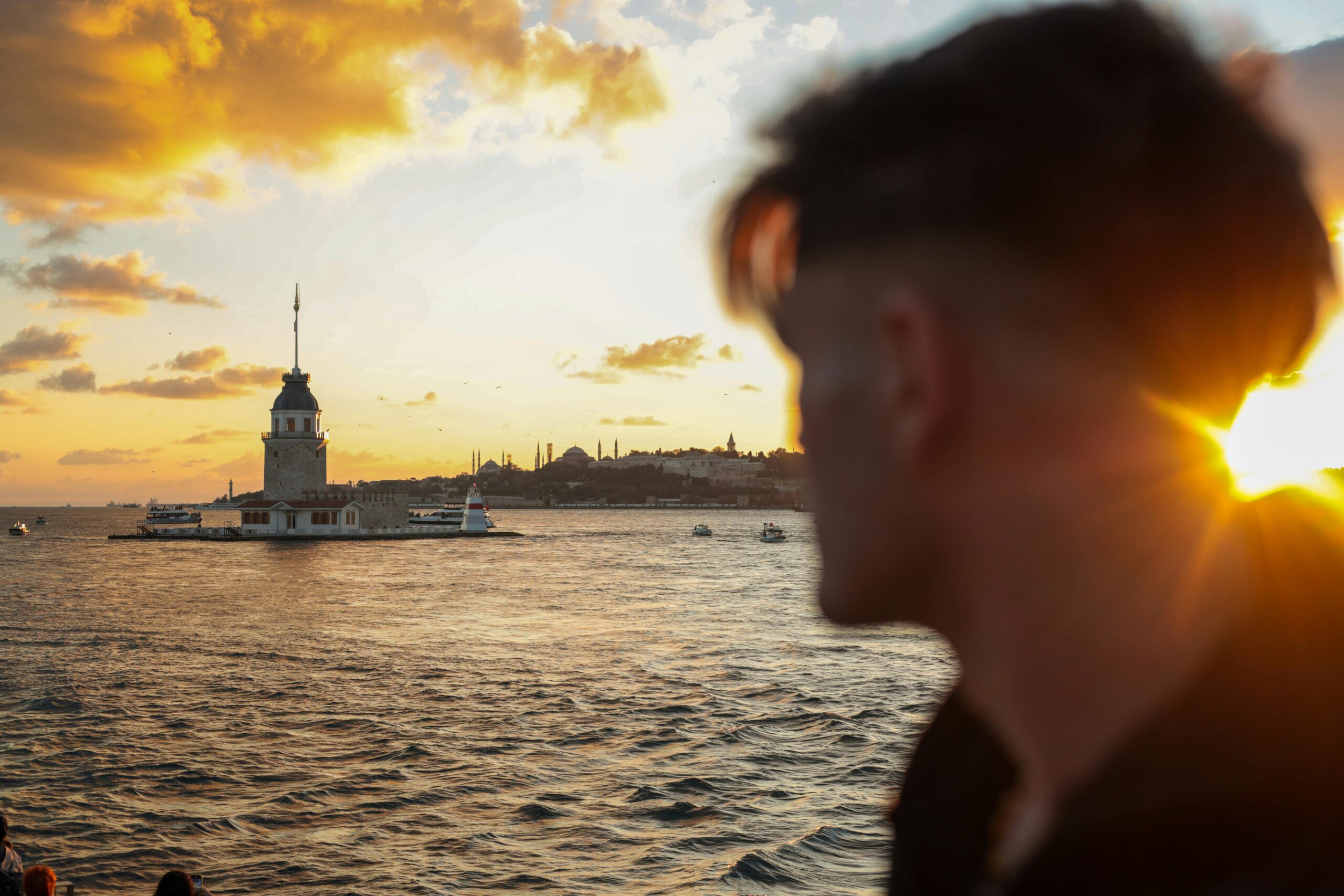
✨ The Eternal Return of the Hero
From Gilgamesh’s ancient quest to the latest Marvel blockbuster, heroic legends demonstrate remarkable continuity alongside constant adaptation. These stories endure because they address fundamental human questions: What does it mean to live courageously? How should we respond to injustice? What responsibilities accompany power? How do we find meaning in suffering?
Cultural adaptations of heroic legends reveal as much about the adapting culture as about the original myths. Each generation reinvents heroes to address contemporary concerns while maintaining archetypal cores that resonate across time. This dynamic tension between continuity and change explains why ancient heroes feel simultaneously familiar and fresh when reimagined for modern audiences.
The journey from ancient myths to modern marvels isn’t a linear progression but a spiral, returning repeatedly to foundational themes while exploring them from new angles. As long as humans face challenges, experience moral dilemmas, and dream of transcendence, heroic legends will continue evolving, adapting to new media and cultural contexts while maintaining their essential function: helping us imagine who we might become.
Understanding this evolution enriches our appreciation of both ancient and modern narratives. When we watch a superhero film, read a fantasy novel, or play an adventure game, we participate in storytelling traditions stretching back to humanity’s earliest days. These connections across time remind us that despite technological and social changes, fundamental aspects of human experience remain constant—and heroic legends will continue guiding us through darkness toward whatever light we seek. 🌟
Toni Santos is a myth-psychology researcher and narrative writer exploring how archetypes, symbols and human story converge to shape mind, culture and meaning. Through his studies on the collective unconscious, comparative mythology and symbolic dream interpretation, Toni examines how the myths we tell reflect the patterns we live — and how awareness of these patterns can spark transformation. Passionate about hero’s journeys, mythic motifs and dream-language, Toni focuses on how story acts as both mirror and map for inner depth and growth. His work highlights the bridges between myth, psyche and culture — guiding readers toward a deeper encounter with themselves and the stories they carry. Blending psychology, mythology and narrative theory, Toni writes about the hidden architecture of meaning — helping readers understand how symbols, stories and dreams shape experience and identity. His work is a tribute to: The power of myth to reveal the unseen structures of psyche The journey from archetype to individual lived story The art of dream-language as a path to wholeness Whether you are a storyteller, psychologist or traveller in the inner landscape, Toni Santos invites you to explore the mythic dimension of mind — one symbol, one myth, one insight at a time.
